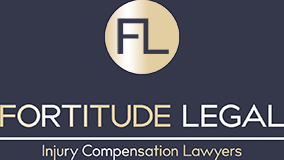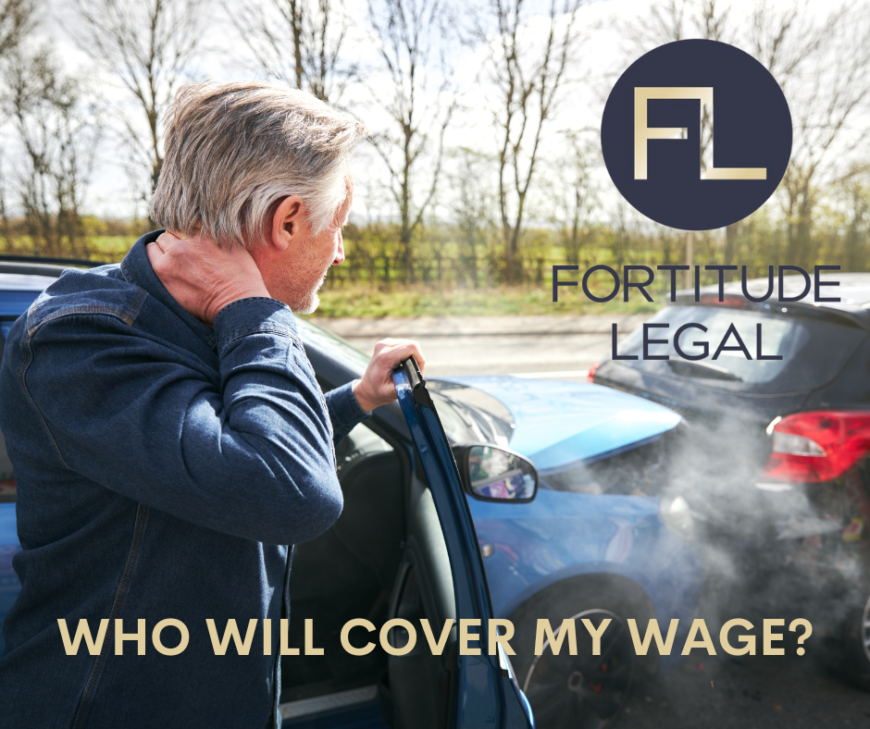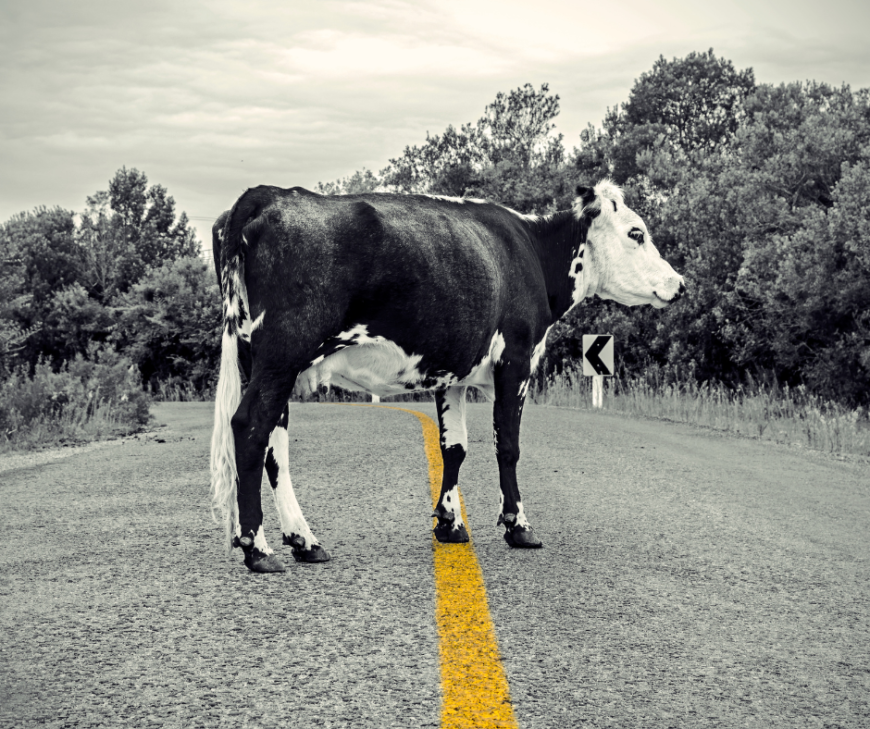What is My Entitlement to Loss of Earnings When I Can’t work as a Result of a Transport Accident?
TAC Loss of Earnings Benefits
If you have been injured in a transport accident and have an accepted TAC claim, you may be entitled to receive compensation in the form of loss of earnings benefits.
Benefit Duration
People injured in a transport accident are able to claim loss of earnings benefits for a period of 18 months following the transport accident, subject to providing certificates demonstrating that their transport accident injuries are causing incapacity for work.
Qualification for Benefit – “Earner”
To qualify for loss of earnings benefits, the injured person must demonstrate that they are an “earner”. To establish that they are an earner, the injured person must be in full-time or part-time employment as an employed or self-employed person:
- At any time during the eight weeks immediately preceding the accident;
- During a period or periods equal to at least 13 weeks during the year immediately preceding the accident; or
- During a period or periods equal to at least 26 weeks during the two years immediately preceding the accident.
No Loss of Earnings Benefit Typically paid in first 5 days after accident
Typically, the TAC will not pay loss of earnings benefits during the first 5 days that the injured person was unable to work, unless the person is unable to establish acute financial hardship.
Benefit Calculated on Basis of Pre-Accident Weekly Earnings
Loss of earnings benefits are calculated on the basis of the injured person’s pre-accident weekly earnings. The default position in relation to the calculation of a person’s pre-accident weekly earnings is to use the injured person’s earnings during the 12 months prior to the transport accident and to calculate a weekly average on the basis of these earnings.
Circumstances Where TAC Should Not Take the Average of Earnings During the 12 Months Prior to the Accident
There are circumstances where the TAC should not calculate pre-accident weekly earnings on the basis of the injured person’s average earnings over the 12 months prior to the accident. These circumstances include:
- The injured person received a pay rise during the 12 months prior to the accident which entitled the person to earn more on a continuous basis (for example, move from part time employment to full time employment or change of job);
- The injured person was a full-time student at the time of the accident, but would have completed their studies after the transport accident, then the person would be entitled to have their rate of earnings recalculated on the basis of the amount the person would have received on completion of the educational course;
- If an injured person had entered into an arrangement for employment or self-employment at a particular date and time, the amount the injured person would have expected to receive in that employment;
- If an injured person is self-employed, the TAC should have regard to the earnings of the self-employed person in the 3 years prior to the accident. The TAC should not simply take an average of the three years earnings. When calculating earnings for a self-employed person, the TAC should consider the costs incurred by the injured person in earning the revenue (i.e., the TAC will not calculate earnings on the basis of sales).
TAC Requirement to pay Loss of Earnings Benefits at 80% of Pre-Accident Weekly Earnings
Typically, the TAC is required to pay the injured person at the rate of 80% of their pre-accident weekly earnings. However, if a person is a low-income earner there is a formula that allows an injured person to be paid up to 100% of their pre-accident weekly earnings.
The 80% formula sets a statutory minimum figure, which is currently set at $747 and allows an additional sum of $211 for the person’s first dependent and an additional $68 for every additional dependent.
The formula also has a statutory maximum figure of $1,500.
The statutory minimum and maximum figures are indexed each financial year.
Please note the following worked examples to assist in understanding the ways that the formulas are utilised:
- John’s pre-accident weekly earnings are $1,100 per week and he has a dependent partner and dependent child. 80% of $1,100 is $880. However, given John’s income and his dependents he would receive loss of earnings benefits in the amount of $1,026 (Dependent formula of $747 + $211 + $68 = $1,026). You will note that John is not able to receive loss of earnings benefits at a sum greater than his pre-accident weekly earnings.
- Andrew’s pre-accident weekly earnings are $5,000 per week. 80% of $5,000 is $4,000. However, given that Andrew’s earnings exceed the statutory maximum his loss of earnings benefits are reduced to the statutory maximum of $1,500.
- Angus’ pre accident weekly earnings are $1,000 per week and he does not have any dependents. 80% of $1,000 is $800. The statutory minimum is $747. Given that 80% exceeds the statutory minimum, Angus will receive the higher sum of $800.
- Louis’ pre accident weekly earnings are $50 per week. 80% of $50 is $40. The statutory minimum figure is $747. Louis would receive loss of earnings benefits of 100% of pre-accident weekly earnings, i.e. $50 per week.
Top up of Loss of Earnings Benefits on Return to Work
The TAC is able to pay a partial loss of earnings benefit to an injured person upon return to part-time work provided that they continue to provide certification that they are incapacitated for work and also that the earnings from the part-time employment do not exceed the injured person’s entitlement to loss of earnings benefits.
Loss of Earnings Benefits are a No-Fault Benefit
The TAC will typically pay the benefit regardless of whether the injured person was at fault for the accident. However, there can be some circumstances where the person is not entitled to loss of earnings benefits, or the compensation entitlement may be reduced:
- The injured person was driving the vehicle at the time of the accident without a licence;
- The injured person was driving an unregistered vehicle;
- The injured person was driving under the influence of alcohol or drugs;
- The injured person was convicted of a serious criminal offence connected with the driving of the vehicle, i.e., manslaughter, culpable driving or dangerous driving causing death;
- Refusing to comply with directions in relation to drug or alcohol analysis.
Impact of Loss of Earnings Benefits on Common Law Damages
The Transport Accident Act precludes a person from claiming any form of income loss sustained in the first 18-month period after the transport accident as part of a common law damages claim. Therefore, any shortfalls on loss of earnings benefits are unable to be recovered. As such, it is important to ensure that the claim for loss of earnings benefits is maximised.
Challenging TAC Decisions on Loss of Earnings Benefits
It is apparent that the nature of calculation of loss of earnings benefits can be complex and at Fortitude Legal, we regularly see circumstances where the rate of loss of earnings benefits has not been calculated appropriately. We have been able to assist many people to successfully challenge their rates of loss of earnings benefits leading to greater payments being made to our clients.
We are also experienced in challenging decisions made by TAC to terminate loss of earnings benefits prematurely. This situation typically occurs when the TAC determines that the injured person has a capacity for work on account of the opinion of an independent medical examiner.
Our office has had great success in challenging Loss of Earnings decisions through the No Fault Dispute Resolution Protocols. If you, or someone you know, requires assistance with their claim for loss of earnings benefits, please contact us on 1300 020 618. It costs nothing to ask!











